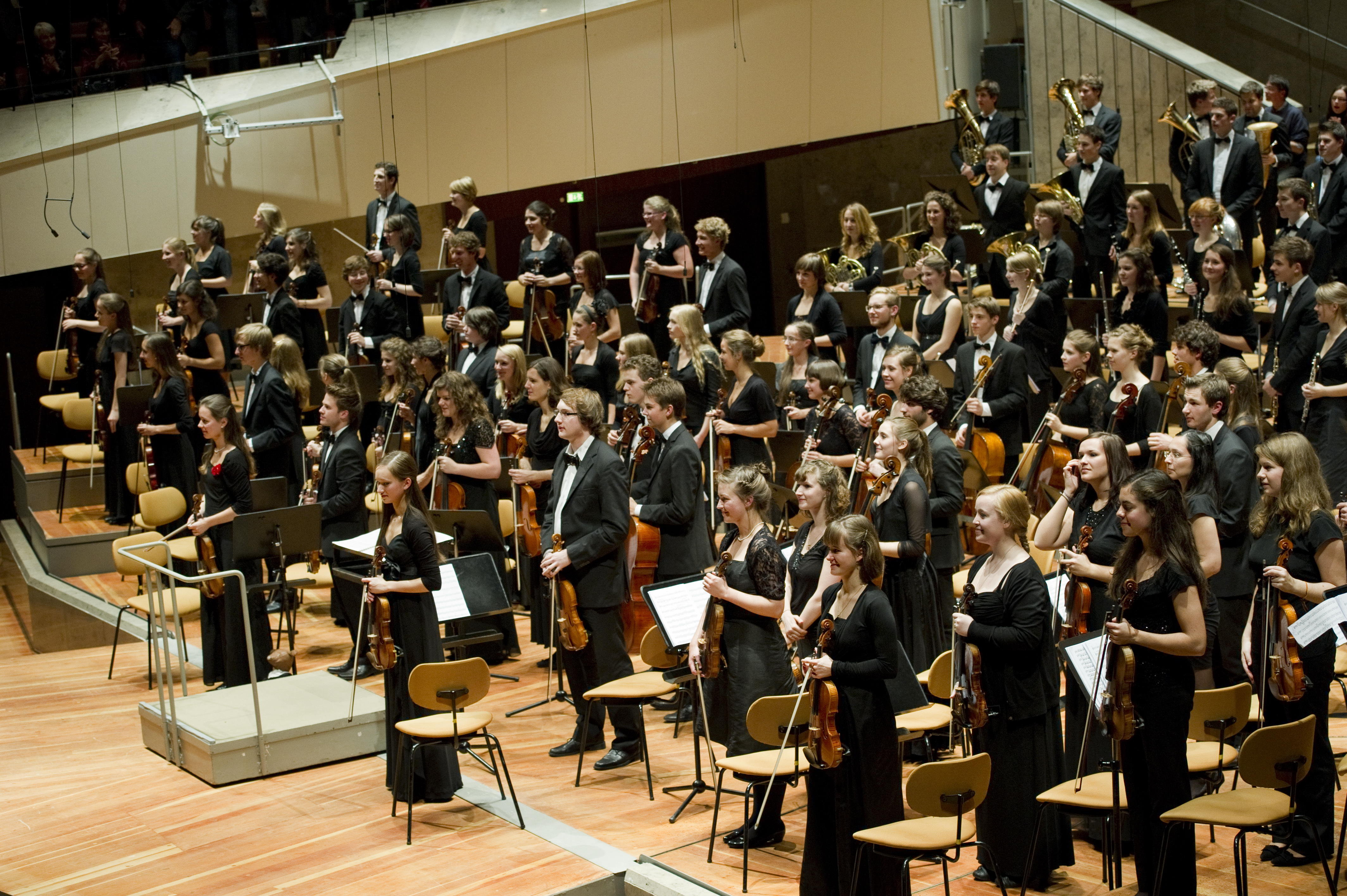History of Classical Music
- Introduction to Classical Music
- The Medieval Period (500-1400)
- The Renaissance Period (1400-1600)
- The Baroque Era (1600-1750)
- The Classical Period (1750-1820)
- The Romantic Period (1820-1900)
- The 20th Century (1900-2000)
- Modernism in Music
- Postmodernism in Music
- Women in Music
- Contemporary Music
- The Intersection of Classical Music & Pop Culture
Introduction to Classical Music
Understanding Musical Styles in Classical Music

Broad tradition of Western art music.
Classical music, a genre with a rich history spanning over a thousand years, is characterized by a variety of musical styles. These styles have evolved over time, influenced by cultural, social, and technological changes. This unit aims to provide an understanding of these styles, their characteristics, and their evolution.
Different Styles of Classical Music
Classical music is often divided into several periods, each with its unique style. These periods include the Medieval, Renaissance, Baroque, Classical, Romantic, and Modern periods.
-
Medieval Music (500-1400): This style is characterized by monophonic texture, meaning it consists of a single melodic line without accompaniment. Gregorian chant, a form of plainchant, is a prime example of this style.
-
Renaissance Music (1400-1600): This period saw the development of polyphony, where multiple independent melodic lines are played simultaneously. This style is more harmonically complex than its predecessor.
-
Baroque Music (1600-1750): Baroque music is known for its ornate and intricate style. It introduced the use of major and minor scales, which led to more emotional expression in music.
-
Classical Music (1750-1820): The Classical period emphasized clarity, balance, and form. It saw the development of sonata form and the symphony, with composers like Mozart and Haydn leading the way.
-
Romantic Music (1820-1900): Romantic music is characterized by its emotional intensity and expanded orchestration. Composers like Beethoven and Wagner pushed the boundaries of form and harmony during this period.
-
Modern Music (1900-present): This period saw a break from traditional tonality and the exploration of new techniques and sounds. It includes a wide range of styles, from impressionism to serialism and minimalism.
Characteristics of Each Style
Each style of classical music has its unique characteristics, from the use of specific scales and forms to the size of the orchestra and the emotional content of the music. For example, Baroque music is known for its ornate ornamentation and complex counterpoint, while Romantic music is known for its emotional depth and use of programmatic content.
Evolution of Musical Styles
The evolution of musical styles in classical music is a reflection of the changing times. Each period in music history was influenced by the cultural, social, and technological changes of the time. For example, the invention of the printing press in the Renaissance period led to the widespread distribution of music, which in turn influenced the development of polyphony. Similarly, the industrial revolution in the Romantic period led to the expansion of the orchestra and the development of larger, more dramatic works.
In conclusion, understanding the different styles in classical music is key to appreciating the richness and diversity of this genre. It provides insight into the historical context in which this music was created and the creative genius of the composers who shaped it.